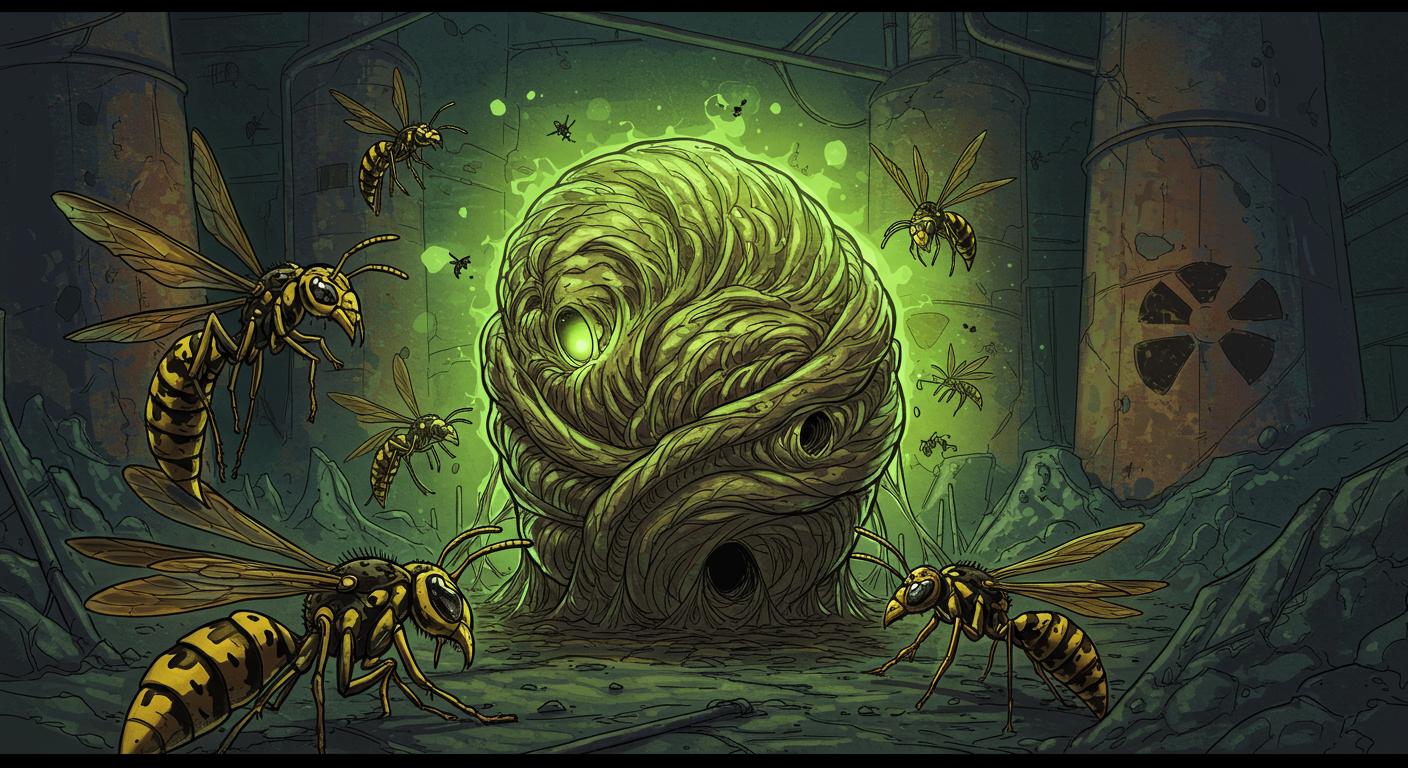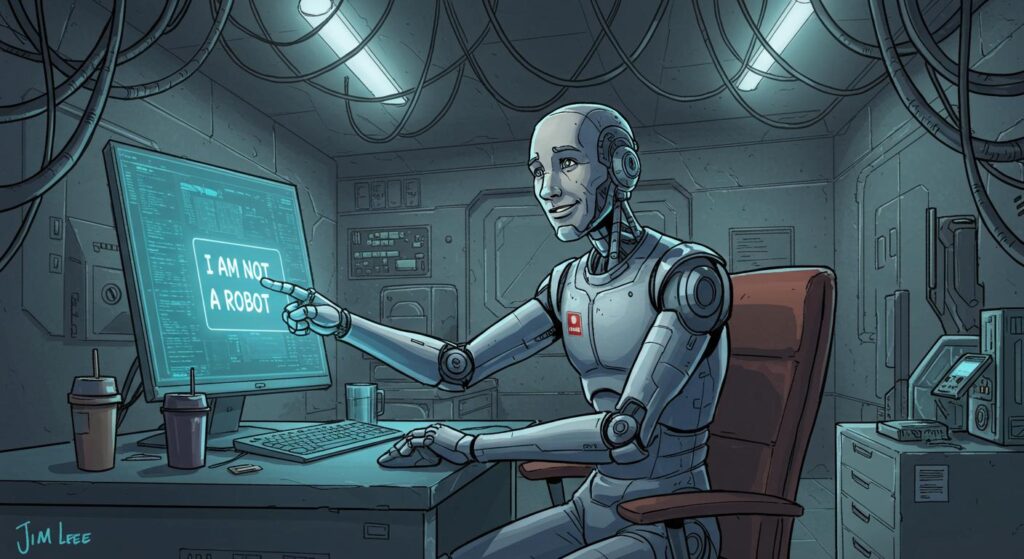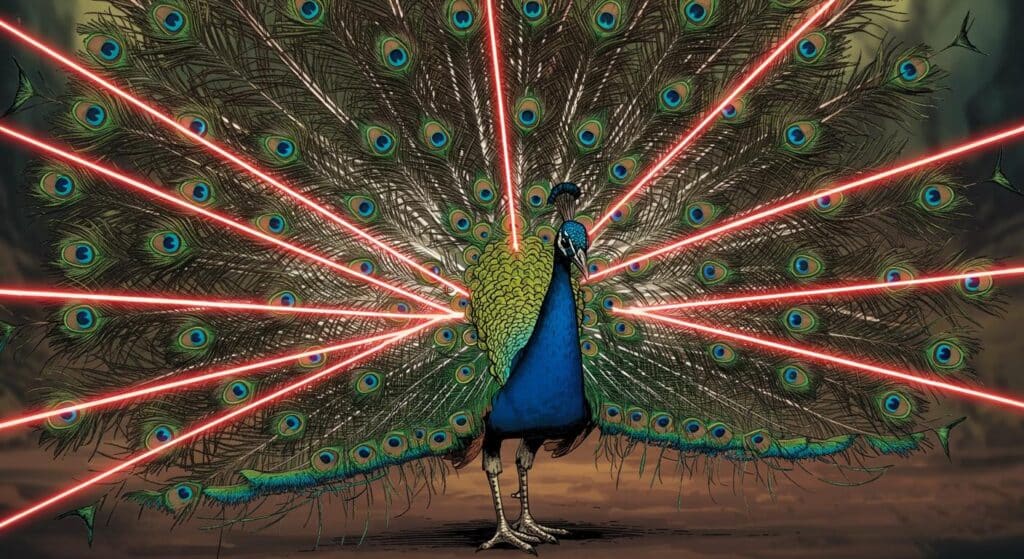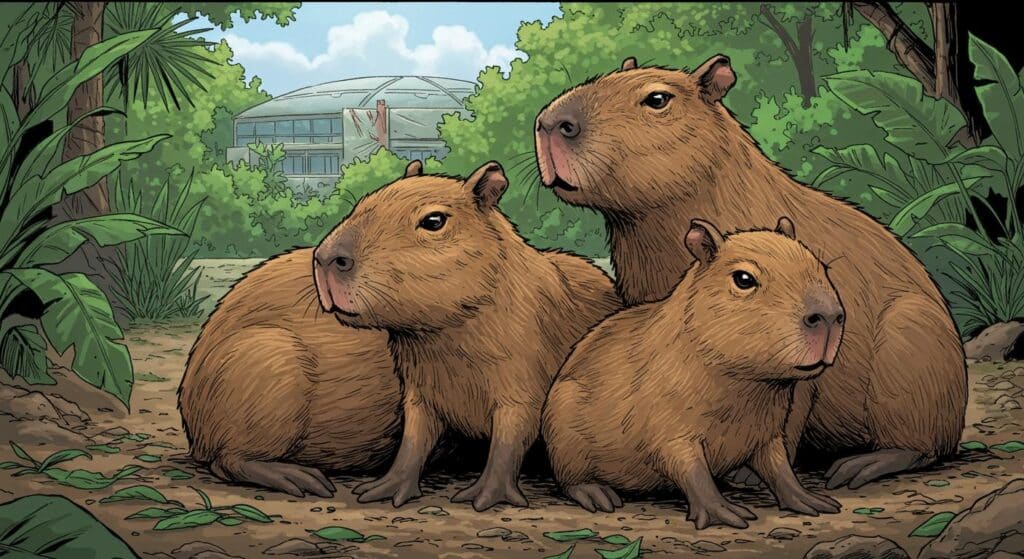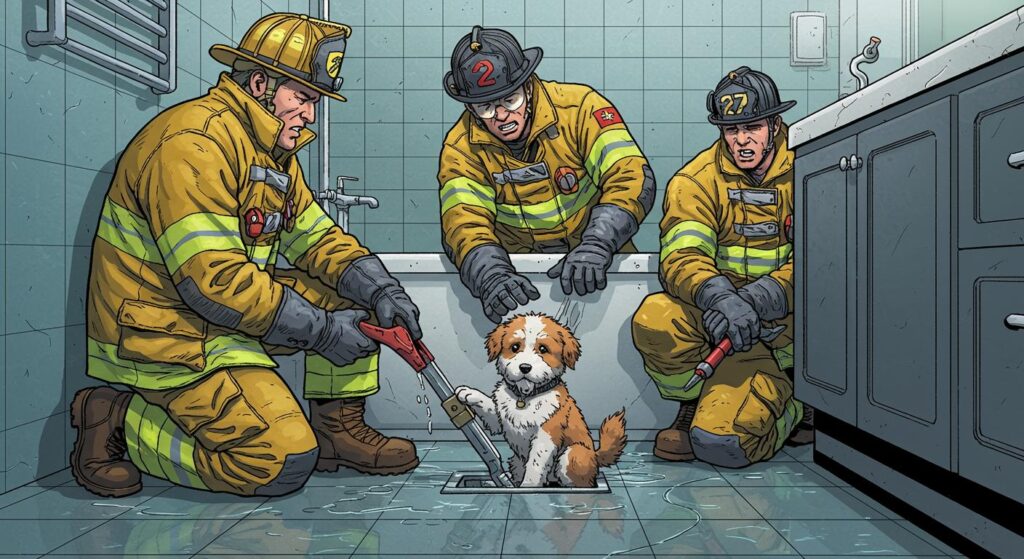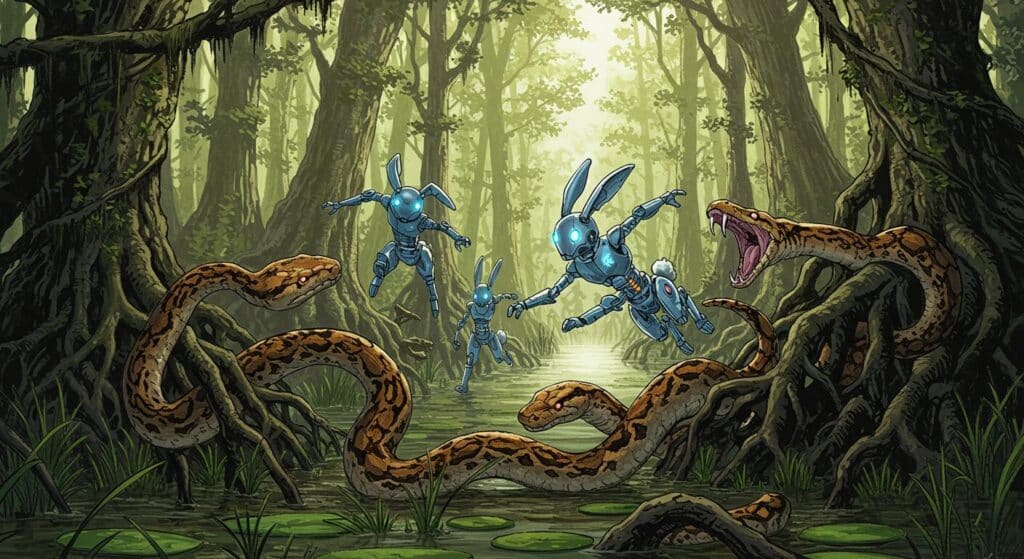There are days when the news reads like an anthology of sci-fi story prompts, and then there are days it reads like an unintentional satire of terrestrial life. For those keeping postcards from the edge of modernity, this week brings a dispatch from South Carolina, courtesy of Associated Press reporting: workers at the Savannah River Site—a former nuclear bomb parts facility—recently discovered a wasp nest with radiation levels ten times the legal limit posted up near a tank of liquid nuclear waste. Yes, the insects have evolved from menacing picnickers to unauthorized hazardous materials.
Wasps, Waste, and the Unexpected Guest Stars of the Nuclear Age
According to details described by the Associated Press, employees conducting standard radiation checks stumbled across an abandoned wasp nest affixed to a post near storage tanks containing liquid nuclear waste. There were no wasps in residence—just the architecturally impressive remains, thoroughly steeped in what the U.S. Department of Energy has characterized as “onsite legacy radioactive contamination.” In response, workers neutralized the nest with insecticide and disposed of it as radioactive waste. Officials highlighted that the nest exhibited radiation levels approximately ten times above federal safety limits, mandating special handling and a flurry of safety assurances.
The Department of Energy emphasized, as relayed in the AP report, that no new leaks were detected from the waste tanks themselves. Instead, the radioactive hitchhikers likely picked up their load from persistent contamination lingering from the days when the Savannah River Site buzzed with mid-century bomb-building activity. Nothing to see here, just a relic of atomic history, temporarily appropriated for insect chic.
To reassure the wider world, Savannah River Mission Completion—the entity now overseeing the site—clarified that the wasp nest was found deep inside facility bounds, and that even if any wasps had been present, their typical flight radius is a few hundred yards at most, limiting potential spread. Statements to the Aiken Standard, covered in the associated report, note that any wasps themselves would have carried lower levels of radioactivity than the nest they built.
Watching the Watchdogs (and the Wasps)
Scrutiny from outside observers, however, remains noticeably sharp. As highlighted by the AP, Tom Clements of watchdog group Savannah River Site Watch questioned the completeness of the official report, specifically noting the lack of detail about the contamination’s source and the nest’s composition. Since different species of wasps use different materials—some gather mud, others pulp wood or other detritus—knowing the construction method could help trace where the radioactive dust or dirt originated.
Clements, as noted in his comments to AP, didn’t shy away from wasp-themed wordplay combined with pointed critique: “I’m as mad as a hornet that SRS didn’t explain where the radioactive waste came from or if there is some kind of leak from the waste tanks that the public should be aware of.” The concern, underscored by the watchdog group, centers not only on one contaminated nest but what its existence might suggest about containment and ongoing monitoring.
A Landscape Reclaimed, One Oddity at a Time
Turning to the broader backdrop, the Savannah River Site’s evolution from a Cold War nuclear manufacturing hub to a modern-day cleanup and fuel production complex is striking. As the AP outlines, the site originally opened in the early 1950s to manufacture plutonium pits for America’s arsenal. Decades of production resulted in more than 165 million gallons of liquid radioactive waste; as described in the report, this amount has been reduced—mainly through evaporation—to about 34 million gallons, still distributed among 43 underground storage tanks, with eight more now closed. The sheer scale of these operations underlines why odd legacies of contamination are likely to persist in unexpected forms.
Given such a sprawling and history-laden facility, it seems almost inevitable that some traces of atomic history would find their way into the world’s most unlikely habitats. Tiny amounts of radioactive residue, left to settle in dust, soil or building materials, apparently caught the attention of one enterprising wasp—although, as AP made clear, no wasps themselves were on site when the nest was discovered.
Reflections from the Edge of the Strangest Timeline
So, what do we take from the radioactive wasp nest saga? The Associated Press story leaves us with more questions than answers about the fine-grained ways our technological past interacts with the present—sometimes by way of six-legged subcontractors. Are we witnessing a lesson about how history lingers not just in archives, but in the literal building blocks of wildlife infrastructure? Is nature, ever pragmatic, simply making use of the materials at hand, regardless of how many cautionary signs ring the fence?
One thing’s certain: as our inventions recede into history, their remnants don’t retire quietly—sometimes, they get repurposed by creatures on a quest for sturdy shelter. The Savannah River Site’s managers might have expected all manner of wildcards, but “radioactive wasp housing” probably didn’t make the top ten. Maybe that’s the real lesson—nature abhors a vacuum, but it seems even radioactive waste sites aren’t immune from squatters looking for prime real estate. What other outlandish hybrids of past human ambition and present-day biology are hiding in plain sight, just waiting to be catalogued?

